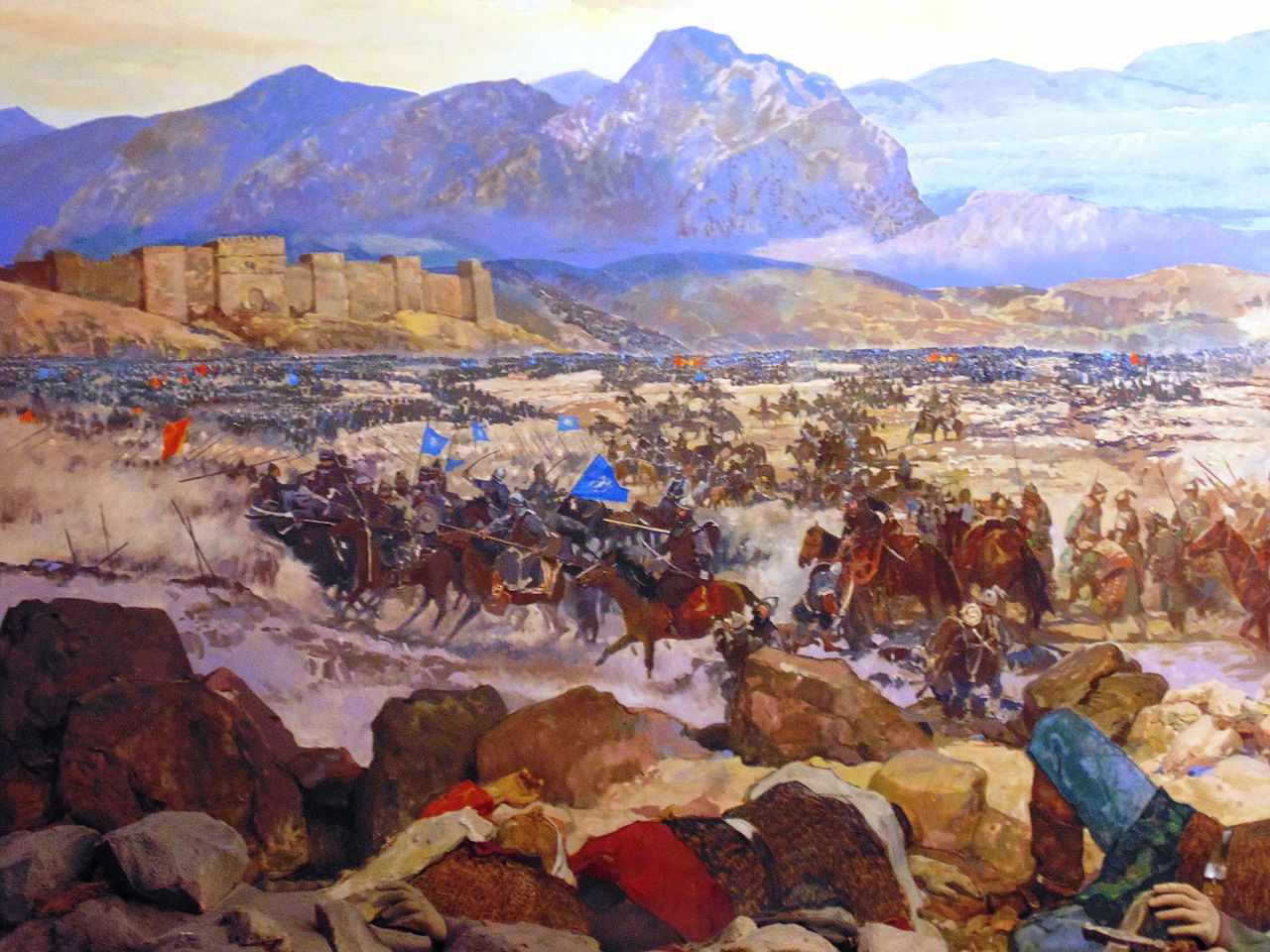
Did you know the Byzantine–Seljuk Wars shaped the course of medieval history? These conflicts, spanning from the 11th to the 13th centuries, were pivotal in determining the fate of the Byzantine Empire and the rise of the Seljuk Turks. The wars were not just about territory but also about power, culture, and religion. From the Battle of Manzikert to the Crusades, these wars saw dramatic shifts in control and influence. Understanding these wars helps us grasp the complexities of medieval geopolitics and the enduring legacy of these empires. Ready to dive into 30 intriguing facts about these epic clashes? Let's get started!
Key Takeaways:
- The Byzantine–Seljuk Wars were a series of conflicts in the 11th century that shaped medieval history. They led to the decline of Byzantine power and influenced art, architecture, and the rise of the Ottoman Empire.
- The wars saw the Seljuk Turks using advanced military tactics and establishing a sophisticated administration. They also led to the Crusades and impacted the culture and future conflicts in the region.
Origins of the Byzantine–Seljuk Wars
The Byzantine–Seljuk Wars were a series of conflicts between the Byzantine Empire and the Seljuk Turks. These battles shaped the medieval world and left a lasting impact on history.
- The wars began in the 11th century when the Seljuk Turks migrated into Byzantine territories.
- The Battle of Manzikert in 1071 marked a significant turning point, leading to the decline of Byzantine power.
- The Seljuks were originally a nomadic tribe from Central Asia before establishing a powerful empire.
- Byzantine Emperor Romanos IV Diogenes was captured during the Battle of Manzikert.
- The Seljuk leader Alp Arslan played a crucial role in the early victories against the Byzantines.
Key Battles and Events
Several key battles and events defined the Byzantine–Seljuk Wars, each contributing to the shifting power dynamics between the two empires.
- The Battle of Myriokephalon in 1176 was another major defeat for the Byzantines.
- The Seljuks used advanced military tactics, including horse archery, to outmaneuver Byzantine forces.
- The Byzantine Empire struggled with internal conflicts, weakening its ability to resist Seljuk advances.
- The capture of Antioch by the Seljuks in 1085 was a significant loss for the Byzantines.
- The Crusades were partly a response to the Seljuk threat, with European powers seeking to aid the Byzantines.
Impact on Byzantine Society
The wars had profound effects on Byzantine society, influencing everything from politics to culture.
- The loss of Anatolia to the Seljuks significantly reduced Byzantine territory and resources.
- Many Byzantine cities were destroyed or severely damaged during the conflicts.
- The wars led to increased taxation and economic strain on the Byzantine population.
- Byzantine art and architecture were influenced by Seljuk styles and motifs.
- The military defeats contributed to a decline in Byzantine morale and confidence.
Seljuk Expansion and Administration
The Seljuks expanded their empire rapidly during the wars, establishing a sophisticated administration to govern their new territories.
- The Seljuks established the Sultanate of Rum in Anatolia, with Konya as its capital.
- They implemented a feudal system, granting land to military leaders in exchange for service.
- The Seljuks promoted trade and commerce, leading to economic prosperity in their territories.
- They built impressive architectural structures, including mosques, caravanserais, and madrasas.
- The Seljuk administration was known for its tolerance of different cultures and religions.
Byzantine Efforts to Reclaim Lost Territories
Despite numerous setbacks, the Byzantines made several attempts to reclaim their lost territories from the Seljuks.
- Emperor Alexios I Komnenos launched the Komnenian Restoration, aiming to strengthen the Byzantine military.
- The Byzantines formed alliances with European powers, including the Crusaders, to counter the Seljuk threat.
- The Byzantine navy played a crucial role in maintaining control over the Aegean Sea.
- The Byzantines fortified key cities and constructed new defensive structures to protect against Seljuk attacks.
- Diplomatic efforts, including marriage alliances, were used to secure peace with the Seljuks.
Legacy of the Byzantine–Seljuk Wars
The legacy of the Byzantine–Seljuk Wars continues to be felt in modern times, influencing the history and culture of the region.
- The wars contributed to the eventual rise of the Ottoman Empire, which succeeded the Seljuks in Anatolia.
- The conflicts highlighted the importance of military innovation and adaptation in medieval warfare.
- The cultural exchange between the Byzantines and Seljuks enriched both civilizations.
- The wars are remembered in historical texts, literature, and folklore from both Byzantine and Seljuk perspectives.
- The Byzantine–Seljuk Wars set the stage for future conflicts between Christian and Muslim powers in the region.
Final Glimpse at the Byzantine–Seljuk Wars
The Byzantine–Seljuk Wars were a series of conflicts that shaped medieval history. These battles weren't just about land; they were about power, culture, and survival. The Battle of Manzikert in 1071 marked a turning point, leading to the decline of Byzantine power and the rise of the Seljuks. This era saw the blending of Byzantine and Seljuk cultures, influencing art, architecture, and trade. Understanding these wars helps us grasp the complexities of medieval geopolitics and the lasting impact on modern borders and cultures. The Byzantine–Seljuk Wars remind us that history is a tapestry of conflicts and alliances, shaping the world we live in today.
Frequently Asked Questions
Was this page helpful?
Our commitment to delivering trustworthy and engaging content is at the heart of what we do. Each fact on our site is contributed by real users like you, bringing a wealth of diverse insights and information. To ensure the highest standards of accuracy and reliability, our dedicated editors meticulously review each submission. This process guarantees that the facts we share are not only fascinating but also credible. Trust in our commitment to quality and authenticity as you explore and learn with us.
